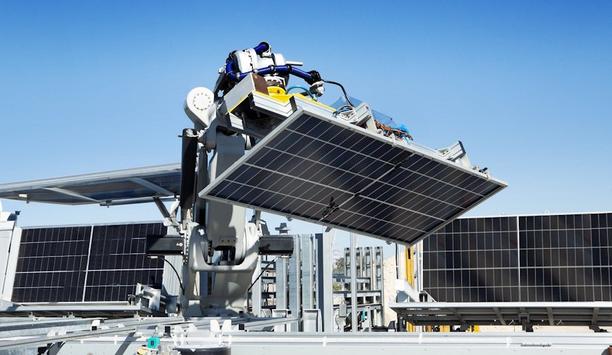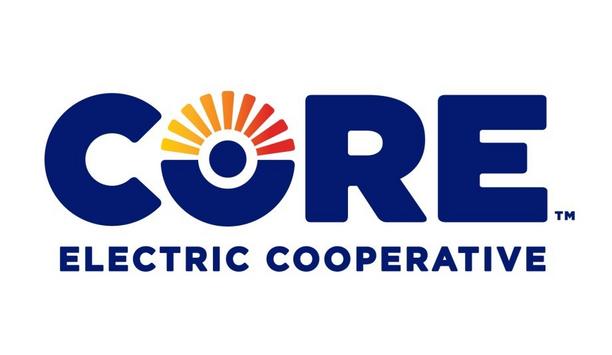The wide variety of electrical power distribution infrastructure methods that exist around the world hosts many challenges for power engineers designing products that rely on high-voltage power sources.
However, regardless of the power distribution infrastructure method, high transient voltages are present in the electrical power distribution systems simply by the nature of their power sources. Transient voltages can be caused by a release in stored energy, from a variety of sources including the toggling of generators, arcing, lightning strikes, etc.
IEC 60204-1 standard
Electrical kit connected to the power distribution systems from dangerous and detrimental conditions
To protect the electrical equipment connected to the power distribution systems from the dangerous and detrimental conditions that can be created by transient voltages, the International Electrotechnical Commission (IEC) implemented the IEC 60204-1 standard as a means of categorizing devices by their ability to tolerate transients and setting conditional category requirements.
This standard, titled "Safety of Machinery - Electrical Equipment of Machines - Part 1: General Requirements," identifies four categories of magnitude-based transient voltage tolerance at different operating voltages.
 |
| Table 1: Transient Voltage tolerance at different operating voltages |
This chart outlines different working voltages and the tolerated transient voltage thresholds sorted by category. For example, if a device that operates at 300Vs is able to withstand 4000 transient volts, it would be considered a Category III device.
Overvoltage Category (OVC) Requirements
The main purpose of the IEC-60204-1, however, is to set condition-based requirements for devices to achieve a specific category rating to ensure safe use. As shown in the table above, all power devices and wiring must be categorized by an OVC ranking.
As shown in the table above, all power devices and wiring must be categorized by an OVC ranking
Based on the connection conditions that the device is subjected to, it may be required by the IEC to meet a specific OVC rating. For example, if a piece of robotics machinery is directly connected to a distribution panel, the IEC-60204 requires the wiring connecting the panel and devices to be OVC III, and the power supply within the robotic machinery to be rated OVC III as well.
OVC III isolation transformer
Alternatively, if the robotic machinery power supply is not able to meet OVC III ratings, an OVC III isolation transformer must be installed in between the distribution panel and the robotic machinery. In doing so, the isolation transformer steps down the voltage from the distribution panel, and subsequently lowers the category requirement for the robotic machinery power supply and wiring to OVC II.
In many instances similar to this, the selection of power supply can have cost and space implications for the equipment owner, whereby they may be required to have additional isolation equipment to support end-user specifications.
Installation categories
The installation categories, as defined by IEC 60204-1:2016, ordered from least likely to see high-voltage transients to most likely to see high-voltage transients, are as follows:
Category I requirements apply to equipment connected to circuits in which measures are taken to limit transient or short-duration overvoltage to a low level, such as circuits that are protected from transients/overvoltage conditions.
Category II requirements apply to energy-consuming equipment to be supplied from a fixed installation such as appliances, portable tools, household loads, outlets, lighting, and connections more than 10m away from a Category III source.
Category III requirements apply to equipment in fixed installations, and where the reliability and the availability of the equipment are subject to special requirements, such as isolation transformers, switch gears, and equipment directly wired to a distribution panel.
Category IV requirements apply to equipment used at the origin of the installation to the power grid, such as electricity meters, overcurrent protection systems, utility transformers, and distribution panels. In Category IV applications, high-voltage transients are very likely.
OVC III Power Supplies
Use of qualified OVC power supplies in the correct circumstances proves to be distinctly advantageous
For obvious financial reasons, a system that does not require supplemental equipment to support its use has a significant competitive distinction over alternative products. Additionally, part count reduction in critical applications mitigates the possible points of failure, and the use of qualified OVC power supplies in the correct circumstances proves to be distinctly advantageous. For example, RECOM’s RAC05-K/480 series and RAC03E-K/277 series of AC/DC power supplies both are qualified for OVC III use with an ultrawide input range. While the RAC05-K/480 offers an input range of 100-480VAC nominal and an output of 5W, with an isolation of 4kV, and an output voltage of 5, 12, or 15V.
The cost-efficient RAC03E-K/277 has an input range of nominal 100VAC to enhanced 277VAC, which makes it suitable for worldwide applications in automation control, industry 4.0, IoT, and household automation. The RAC05-K/480 can be directly wired to a distribution panel for use in a variety of applications that require 5V, such as smart grid, renewable energy, smart metering, and Internet of Things (IoT) applications.
RECOM’s RAC10-K/277 series
If an application demands more power, RECOM’s RAC10-K/277 series is capable of outputting 10W with an input voltage range of 85V-277V, and output voltages of 3.3V-24V. The power supplies of both RAC05-K and RAC10-K are ideal for applications with always-on and standby mode operations, such as process automation, IoT, and smart building systems.
Additionally, the RAC20-K/277 series can be built on a project-specific basis to meet OVC III requirements as well as the RACM40-K series. Use of OVC III qualified power supplies in always-on IoT applications reduces overall cost of ownership, BOM, product complexity, and installation requirements, and can make your product distinguished from the competition.






